Although it arrived last decade (we’re still in January – geddit?!) I think this latest ebook from Andrew Murray still counts as ‘hot off the press’. If you haven’t heard of Andrew Murray (where have you been!) he is a previous winner of the Magic Circle’s prestigious Close-Up Magician of the Year award – so we were looking forward to this collection of ‘6 professional routines’.
The Introduction to this e-book immediately appealed to me – since Andrew and I both believe in the process of building upon and developing existing routines to suit your own style and capabilities. I love his humility in considering himself a ‘student first’ and a ‘performer/creator/teacher’ second – and his recognition that this is just another step on a wonderful shared journey.
But enough of the love-up. What about the routines?
[the descriptions of the effect are Murray’s own]
FTW
Effect: Three signed selections transpose with three cards previously placed into your pockets.
This is really strong. I don’t bandy around phrases like ‘Bannon-esque’ very quickly – but I put this in that category which is one of the biggest complements I can give. In fact, a key move owes something to the Bannon/Aronson/Solomon stable – so perhaps it is no surprise.
As only a mediocre card-technician, I am pleased to say this is technically undemanding (NO PALMING!). It does require some confidence and good timing – but if you haven’t got that why are you going out and doing magic?
Thought of Card to Wallet
Effect: you can guess can’t you?!
This one owes something to a Ben Earle routine. I find it hard to know what to say here. The routine is well constructed and logical, but I’m not too sure what is new. And (because we’re not REAL magicians) the thought of card obviously has to be named. And you have to be good at palming. All that being said, I appreciate Andrew’s thoughts on the way in which the whole routine should be performed – and if you perform anything similar (even a Card in Wallet ending to an ambitious card routine) then worth a read of what he says.
Twice as Nice
Effect: Two cards are chosen and are shuffled back into the deck. Each participant holds a black king between their palms. Instantly, the black kings appear in the magician’s hands and each volunteer is
left holding their selection.
He likes transpositions doesn’t he? This is a great effect which is made so strong by appearing to take place in the spectator’s hands. Some intermediate card-handling skills are required to produce the effect – but the construction of the routine means you are way-ahead of them in terms of the dirty work.
Three
Effect: Three coincidences occur with a shuffled deck of cards – each one more inexplicable than the last!
This is another nicely constructed routine – could be done impromptu with a borrowed deck and ‘builds’ nicely. Top marks here for audience involvement. Again, intermediate card-handling skills required, but nothing too arduous. I think it would play very well.
Propulsion
Effect: A playing card is chosen and signed. A balloon is inflated and held by an audience member. When they shake the balloon they hear something inside. The balloon is popped and inside is a folded playing card – their signed card!
I love this. This seems to be a great example of what Murray is best at – there is nothing radically new here, but it has been well thought through and constructed and leads to a visually impressive and very magical effect.
Reset Redone
Effect: You show four Kings in your hands. One by one they change in to Jokers then instantly change back to the Kings. You show the four Jokers were in your pockets all the time and retrieve them one by one. Instantly the Kings vanish from your hands leaving just the four Jokers. One by one each King is retrieved from a separate pocket!
This is a variation on a David Stone handling of the ‘Reset’ plot. There is a lot of magic happening here – in fact you will have to present it really deliberately in order to make it all register with your audience. Not for the feint-hearted, involving amongst other things 2 ‘gamblers cops’, but no extra cards are used which tells you from the outset that this is more great routining.
VIP (Visual Instant Production)
This is a ‘bonus’ item – a four of a kind production which would make a good lead-in to one of the routines. I’ve got to be honest – this isn’t really my kind of thing – but if it’s yours, you’ll enjoy it!
There is a ‘Sleights Bibliography’ – sending you to other resources to learn the sleights used in the routines. I’d always prefer to see a work complete in itself – but I think for the target audience this is a perfectly acceptable alternative.
Final Thoughts
This is a well written (apart from an entirely unnecessary use of the word ‘copacetic’ – which I had to look up!) and clearly presented e-book. I appreciate the way in which he attributes the influences on the different routines – this is always good magical etiquette. For me one of the greatest strengths of the book are the notes after each routine which demonstrate that he has actually thought carefully about (and even more importantly actually performed) all the effects described.
It’s not for the absolute beginner, but if you have been doing card magic for any length of time I can almost guarantee you will get at least one and probably several workers from here. And at only £10 for the whole book, that works out at very good value per effect.
Only available directly from the author. Payments for £10/$15 via paypal to magic@andrewmurray.biz.

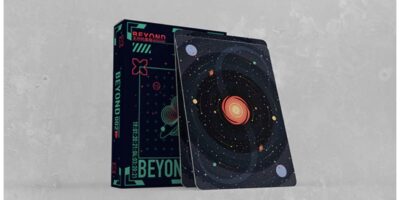
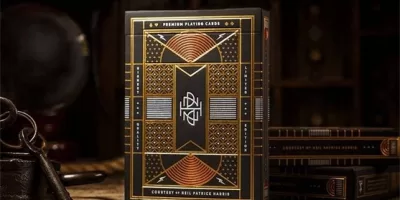
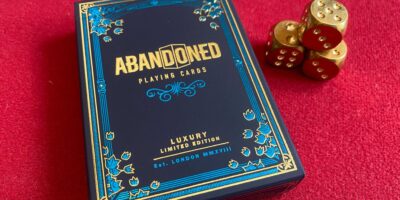




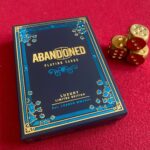
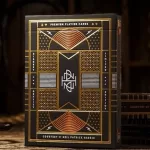
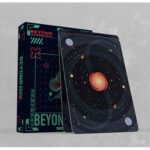




Leave a Reply